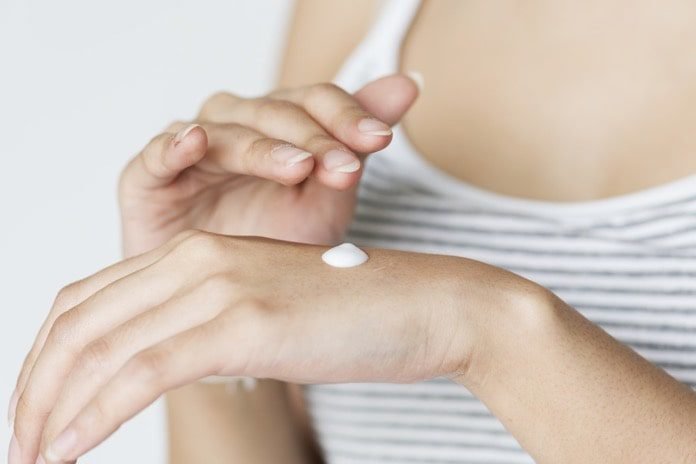Researchers recently studied if a drug could prevent skin inflammation and hair loss in lab mice, as reported in Scientific Reports.
For most of us, hair loss, or the loss of hair color, is an unavoidable part of aging. There are few effective treatments for this age-related condition. Scientists need a better understanding of the biology of hair loss in order to develop new treatments. A group of American and Chinese researchers recently investigated if a drug could prevent hair loss and skin inflammation in mice. They published their results in the journal Scientific Reports.
Mice that suffer from hair loss and skin inflammation
The researchers fed a high-fat and high-cholesterol diet to a type of genetically modified mouse that lacks the Apolipoprotein E gene. These mice build up high levels of blood cholesterol, which means that they are commonly used for the study of cardiovascular disease. However, they also develop skin problems. Their hair gradually turns from black to gray or white and is eventually lost almost entirely. Their skin also becomes inflamed, and they develop serious skin lesions.
After six months on the high-fat and high-cholesterol diet, the mice had lost almost 75% of the hair on their back. Their skin became whiter due to fat buildup, and the mice had more skin inflammation and many skin lesions.
A drug that prevented hair loss and skin inflammation
The outer layer of skin cells is embedded in a mixture of fats that help to keep the skin waterproof and make it an effective barrier against the external environment. There are many different types of fats in this layer, and the composition of this mixture is important for its effectiveness. Based on previous research, the researchers theorized that glycosphingolipids, a specific type of fat, played a role in skin problems.
They gave the mice drugs (BPD and D-PDMP) that slow the rate at which the body makes glycosphingolipids. They then measured the ability of these glycosphingolipid synthesis inhibitors to prevent hair loss and skin inflammation.
Mice that received the glycosphingolipid synthesis inhibitors at the same time as the high-fat, high-cholesterol, diet had much healthier skin compared to mice not receiving the drugs. They had less skin inflammation, fewer skin lesions, and much less hair loss or hair discoloration. The mice that received the drugs retained more than 80% of the hair on backs, and the hair remained the normal black color. In comparison, mice that didn’t receive the drugs retained only 25% of the hair on their backs.
Much more research is needed before this can be applied to humans
The researchers hope that glycosphingolipid synthesis inhibitors could be helpful for people with skin and hair disorders. However, this study was carried out on mice, meaning that safety and effectiveness studies still need to be carried out in humans.
Despite this issue, basic research studies such as this one contribute to scientists’ understanding of skin biology and hair loss. They help researchers develop new ideas and new treatments, and may eventually lead to effective therapies for hair loss and skin inflammation.
Written by Bryan Hughes, PhD
Reference: Bedja, D., Yan, W., Lad, V., Iocco, D., Sivakumar, N., Bandaru, V. V. R. & Chatterjee, S. Inhibition of glycosphingolipid synthesis reverses skin inflammation and hair loss in ApoE−/− mice fed western diet. Scientific Reports 8, 11463 (2018) https://www.nature.com/articles/s41598-018-28663-9



